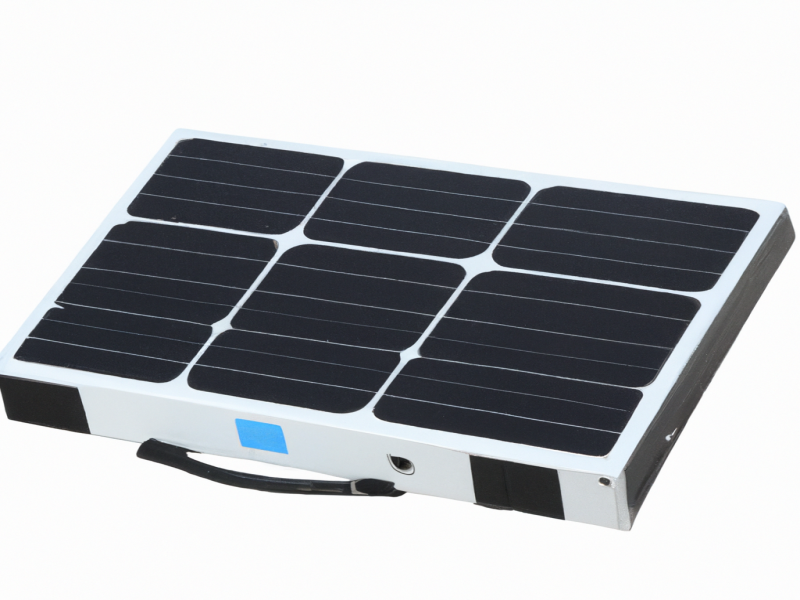When most people think of solar power, they think of solar photovoltaic panels affixed to a roof or a solar photovoltaic farm sparkling in the desert. More and more solar photovoltaic panels are being put into use. Today, solar panel manufacturer Radiance will show you the function of solar panels.
1.Solar street lights
Solar lights have become ubiquitous and can be seen everywhere from garden lights to street lights. In particular, solar street lamps are very common in places where the mains electricity is expensive or cannot be reached. Solar energy is converted into electricity by solar panels during the day and stored in the battery, and powered for street lamps at night, which is cheap and environmentally friendly.
2. Solar photovoltaic power station
Solar power is becoming more accessible as the cost of solar panels falls and as more people realize the economic and environmental benefits of solar energy. Distributed solar photovoltaic systems are often installed on the roof of a home or business. Solar panels can be connected to your solar power system, allowing you to use the sun’s energy after the sun goes down, to power an electric car overnight, or to provide backup power in an emergency.
3. Solar power bank
The solar charging treasure has a solar panel on the front and a battery connected to the bottom. During the day, the solar panel can be used to charge the battery, and the solar panel can also be used to directly charge the mobile phone.
4. Solar transportation
Solar cars may be the future direction of development. Existing applications include buses, private cars, etc. The use of this kind of solar cars has not been widely popularized, but the development prospect is very objective. If you own an electric car or electric car, and charge it with solar panels, it will be a very environmentally friendly thing.
5. Photovoltaic noise barrier
More than 3,000 miles of traffic noise barriers on U.S. highways are designed to reflect noise away from populated areas. The U.S. Department of Energy is studying how integrating solar photovoltaics into these barriers can provide sustainable electricity generation, with the potential of 400 billion watt-hours per year. This is roughly equivalent to the annual electricity consumption of 37,000 households. The electricity generated by these photovoltaic solar noise barriers can be sold at low cost to the Department of Transportation or nearby communities.
If you are interested in solar panels, welcome to contact solar panel manufacturer Radiance to read more.
Post time: May-10-2023


